Digital Twins in City Planning
Mike Batty & Jon Reades
Analogue Dreams
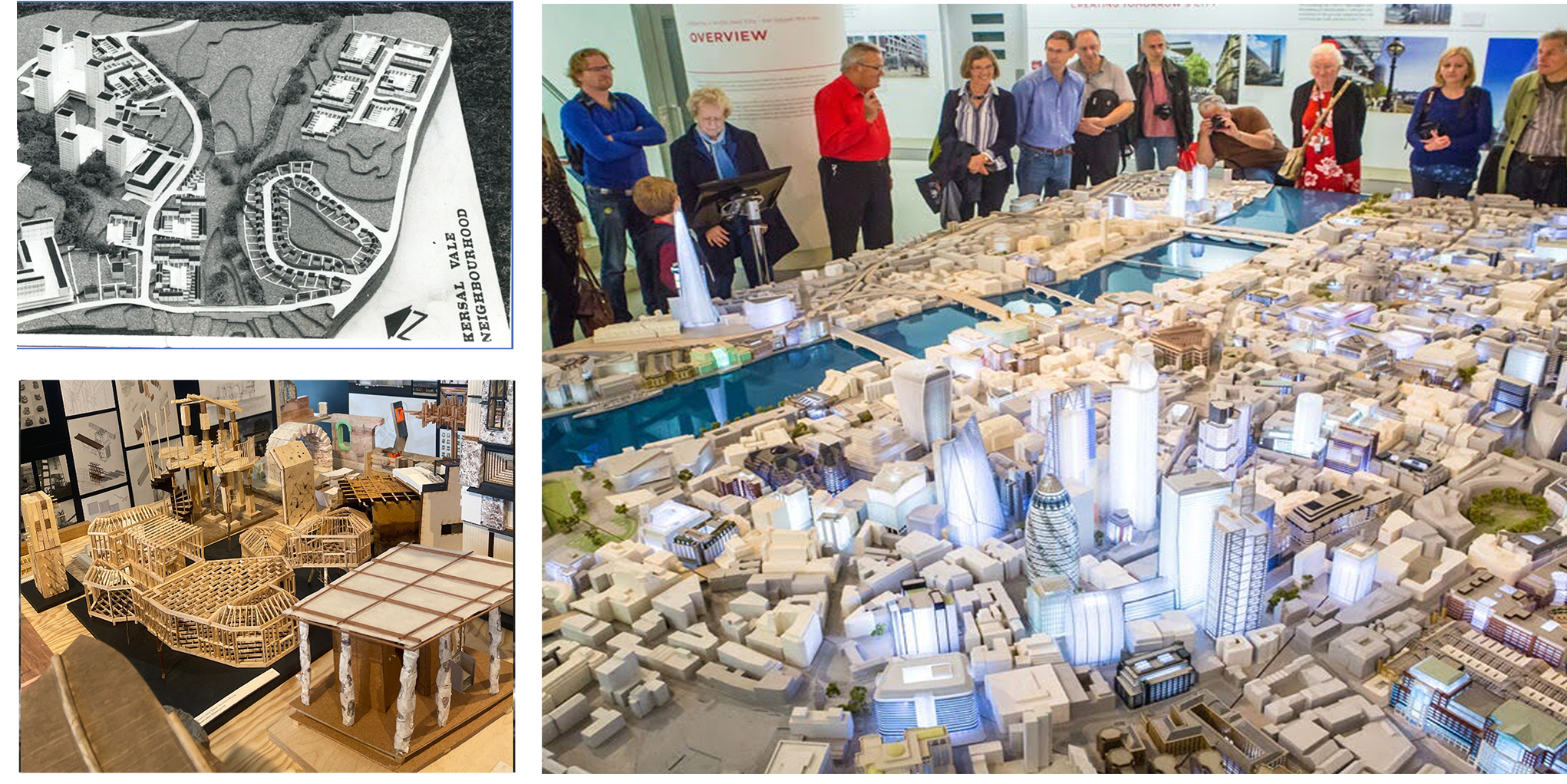
Into the Third Dimension
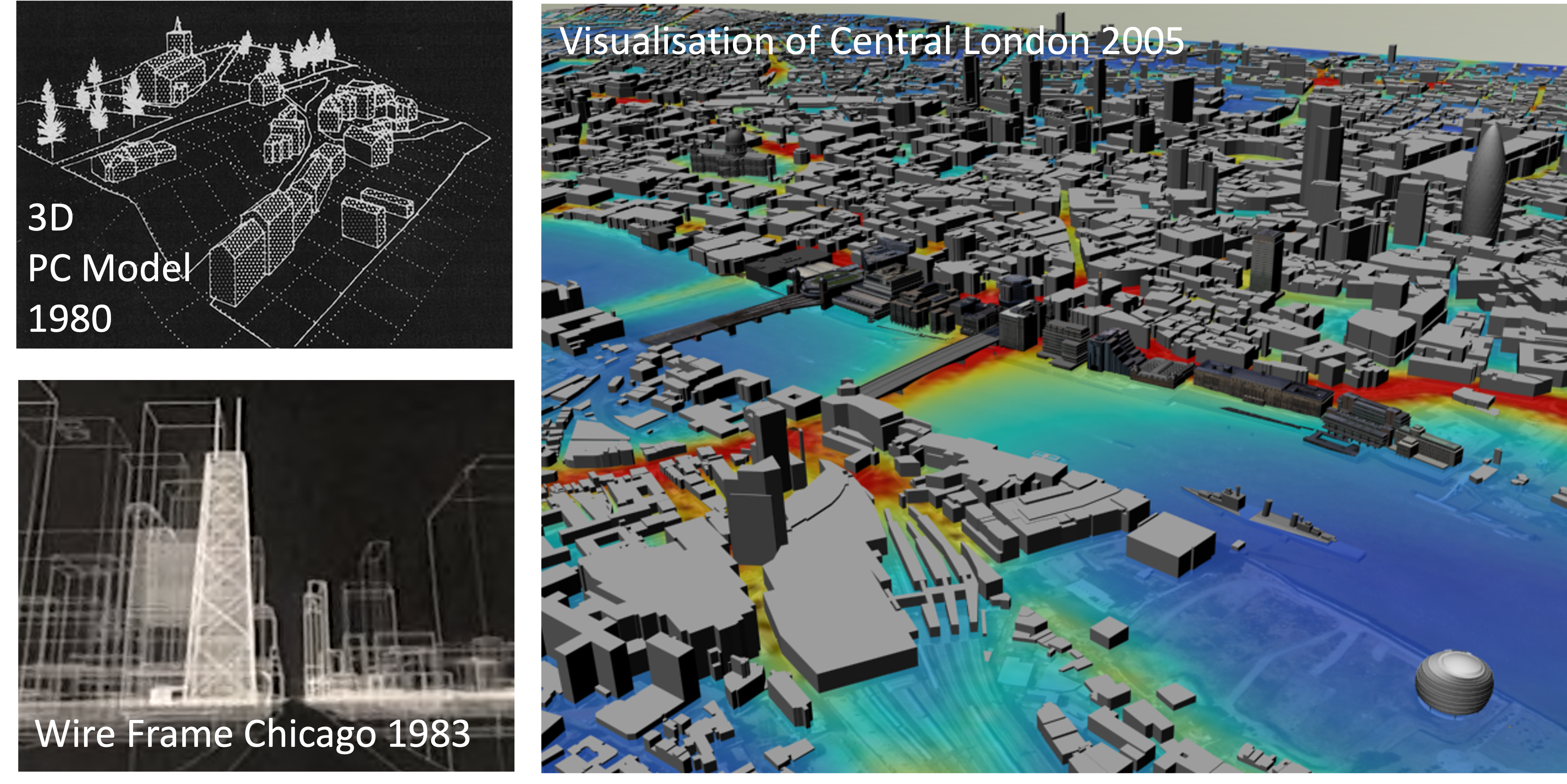
Data-fied Urban Environments
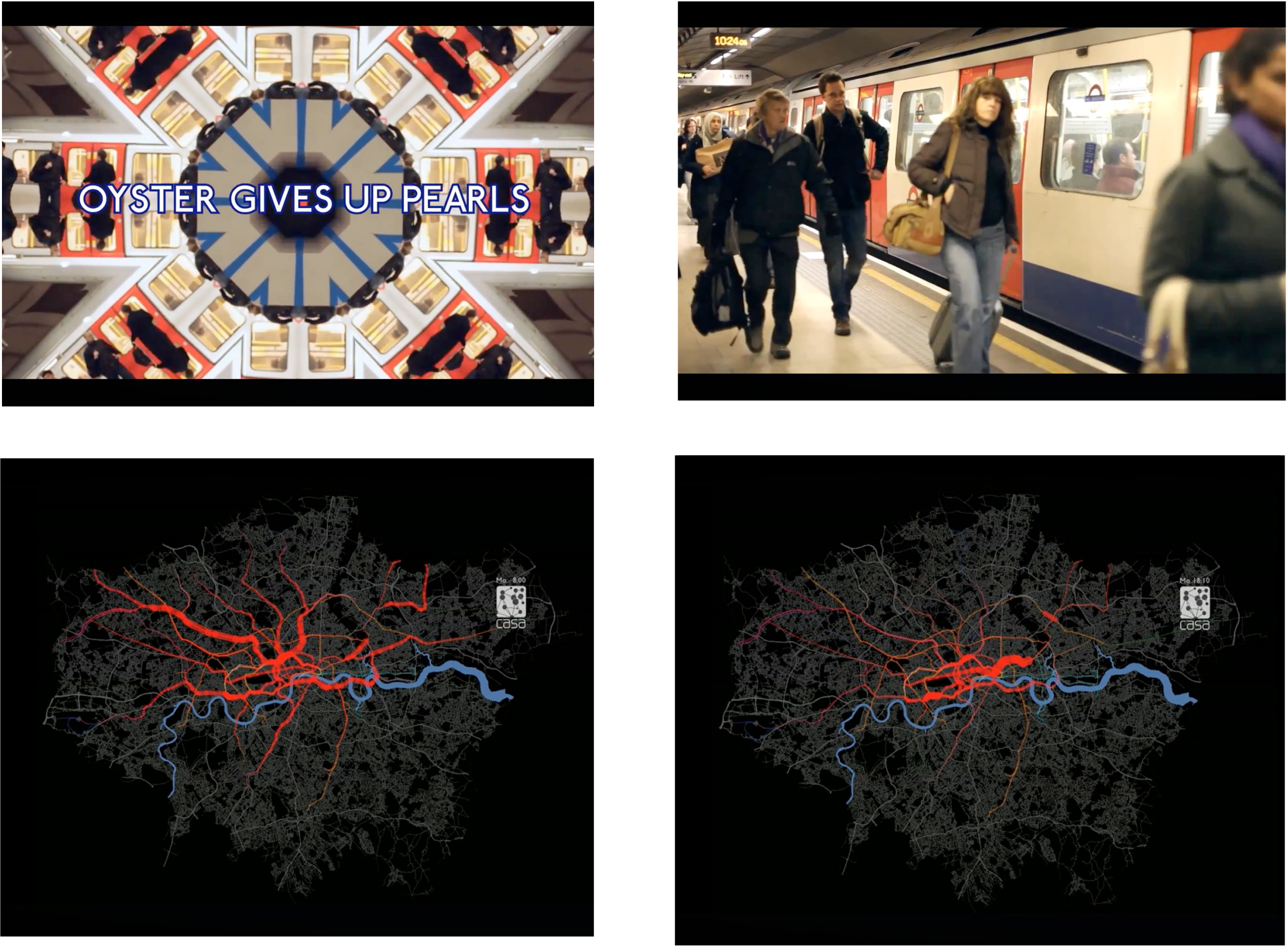
Growing Complexity
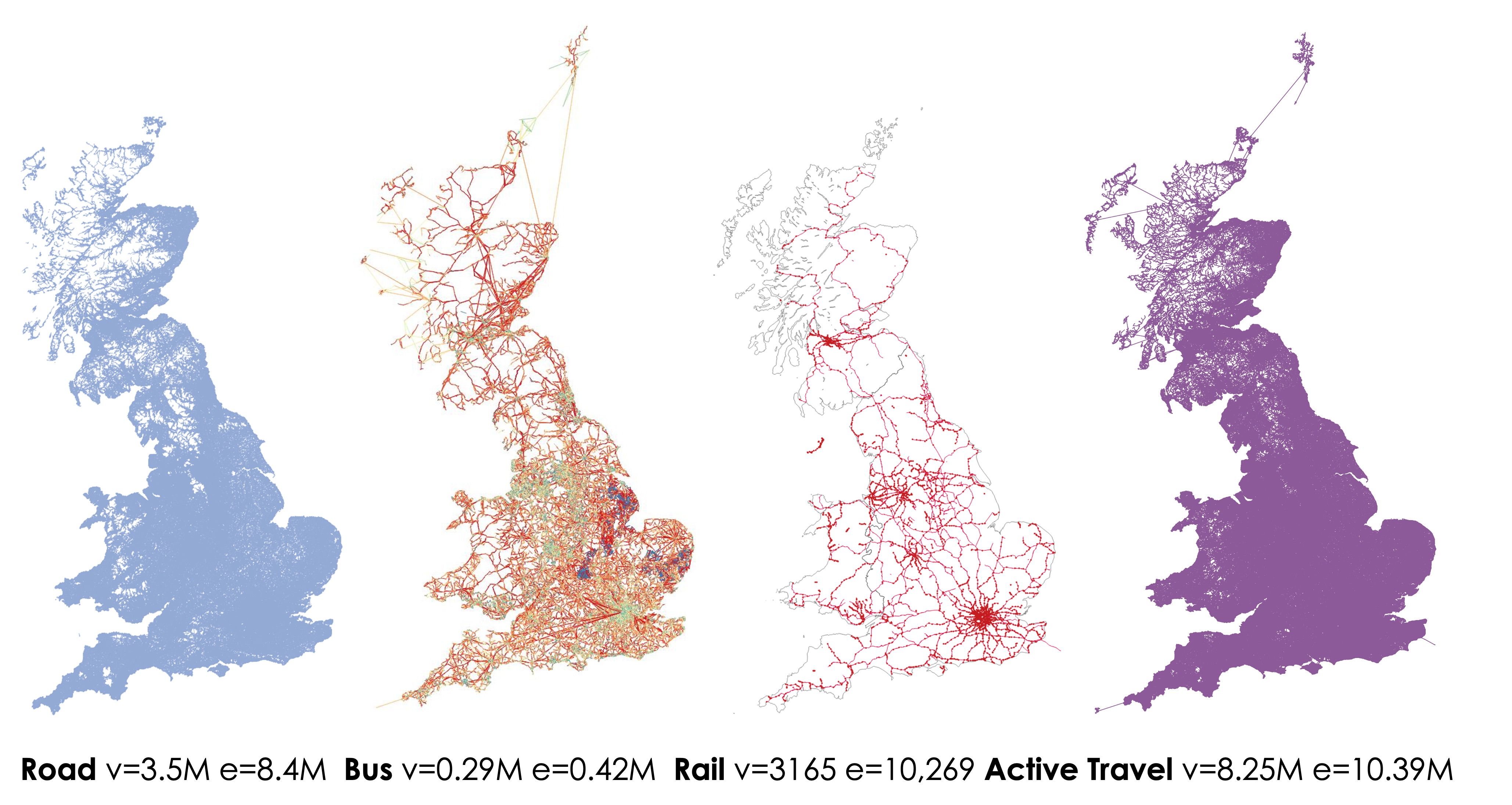
Exascale Computation
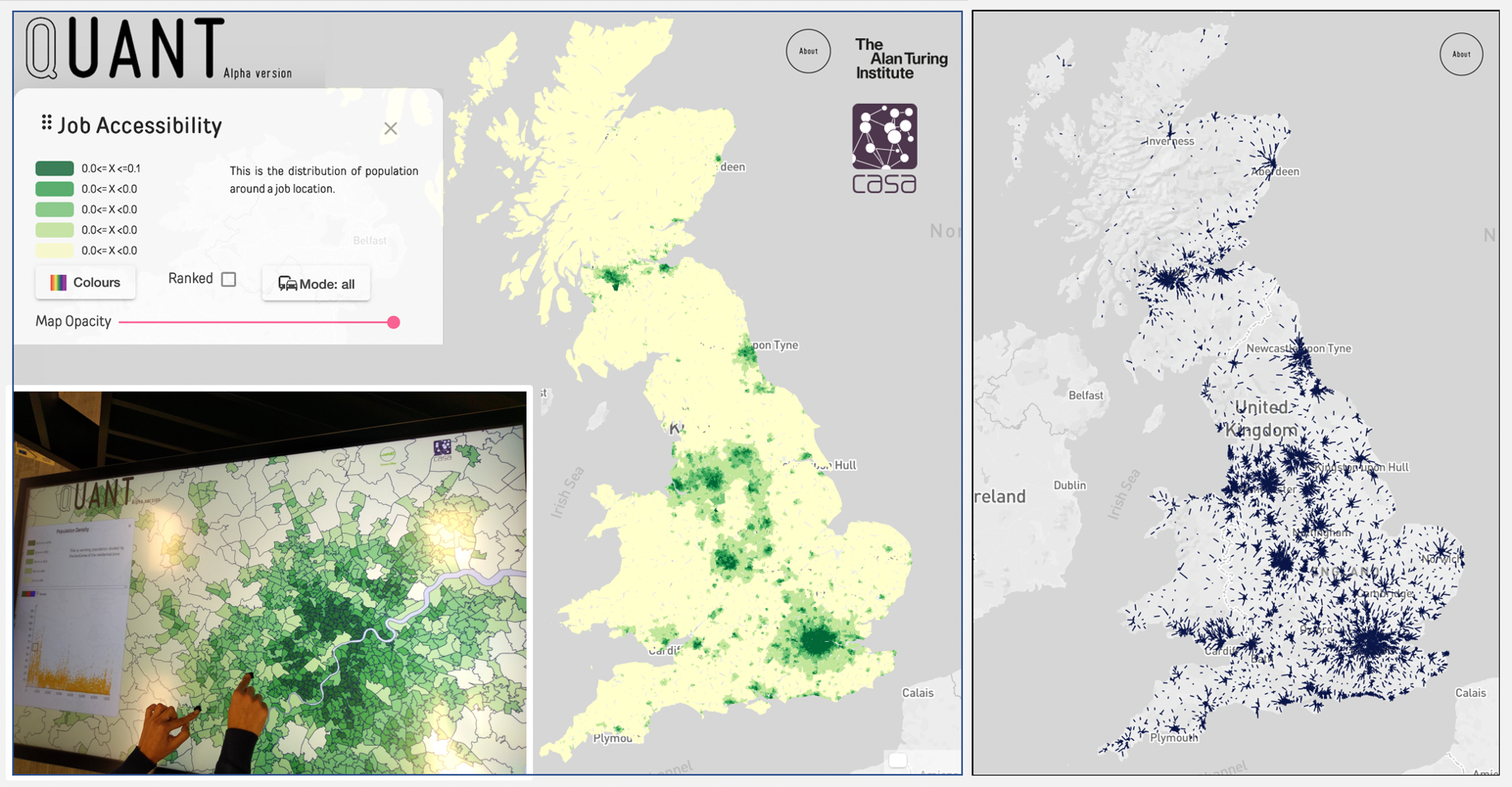
Models of Models
Models and Abstractions
A model is an abstraction or simplification of the real thing, where the model-builder throws away most of the real thing leaving only its essence.
| Urban Analytics | High Frequency | |
| Urban Theory1 | Low Frequency |
| Shallow copy | Copy by reference | |
| Deep copy | Copy by value |
The Human in the Loop
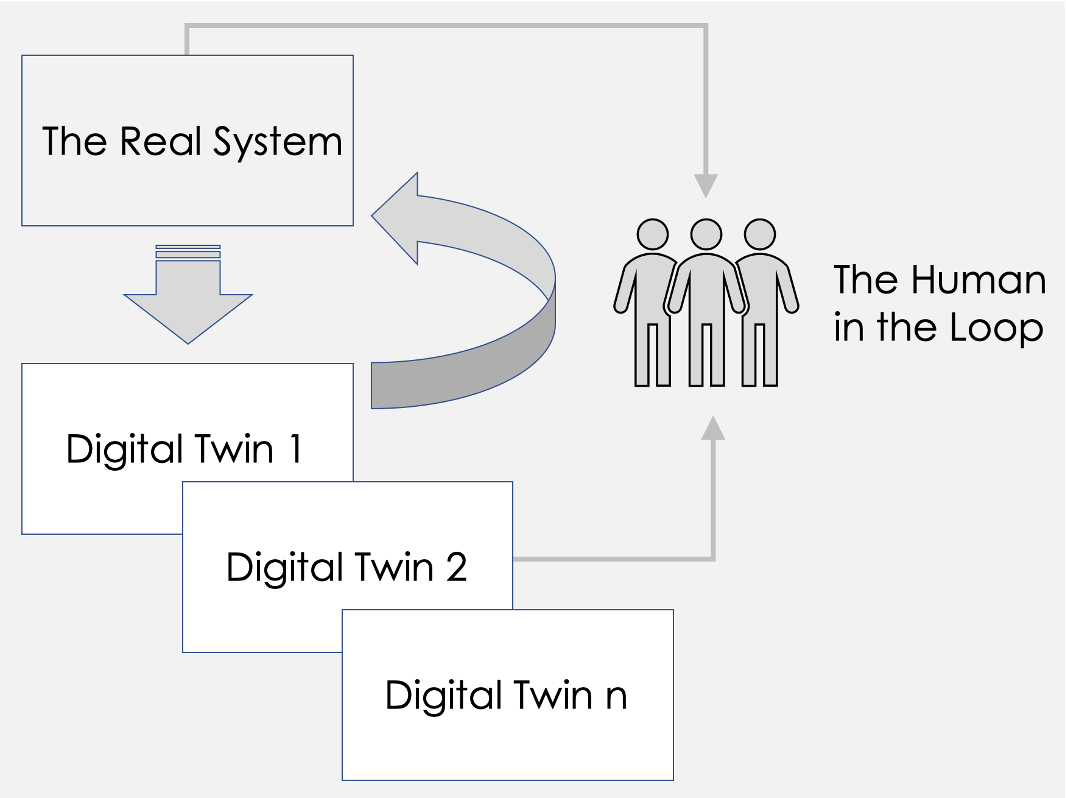
\(\ldots\) in social systems, we can define many types of twins that reflect a multitude of theoretical perspectives, each of which reflect different features of the real system
Thank you!

Arribas-Bel, D., and J. Reades. 2018. “Geography and Computers: Past, Present, and Future.” Geography Compass 12 (e12403). https://doi.org/10.1111/gec3.12403.
Batty, M. 1990. “Invisible Cities.” Environment and Planning B 17 (2):127–30.
———. 2013. “Big Data, Smart Cities and City Planning.” Dialogues in Human Geography 3 (3). SAGE Publications:274–79.
———. 2018. “Digital Twins.” Environment and Planning B: Urban Analytics and City Science. Sage Publications Sage UK: London, England.
———. 2019. “A Map Is Not the Territory, or Is It?” Environment and Planning B: Urban Analytics and City Science. SAGE Publications Sage UK: London, England.
———. 2021. “Multiple Models.” Environment and Planning B: Urban Analytics and City Science. SAGE Publications Sage UK: London, England.
———. 2024. “Digital Twins in City Planning.” Nature Computational Science 4 (3). Nature Publishing Group US New York:192–99.
Batty, M., and R. Milton. 2023. “Building a Digital Twin for British Cities.” arXiv Preprint arXiv:2312.03674.
Gelernter, David. 1993. Mirror Worlds: Or the Day Software Puts the Universe in a Shoebox... How It Will Happen and What It Will Mean. Oxford University Press.
Reades, J., F. Calabrese, A. Sevtsuk, and C. Ratti. 2007. “Cellular census: Explorations in urban data collection.” IEEE Pervasive Computing 6 (3):30–38.
Reades, J., J. De Souza, and P. Hubbard. 2019. “Understanding Urban Gentrification Through Machine Learning.” Urban Studies 56 (5):922–42.

Digital Twins • Mike Batty & Jon Reades